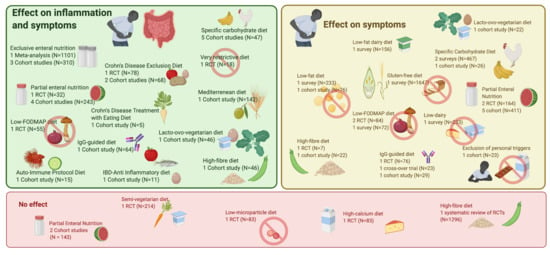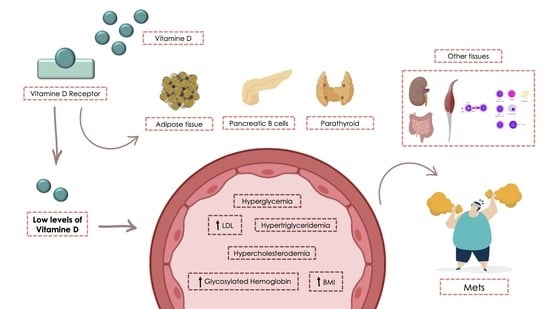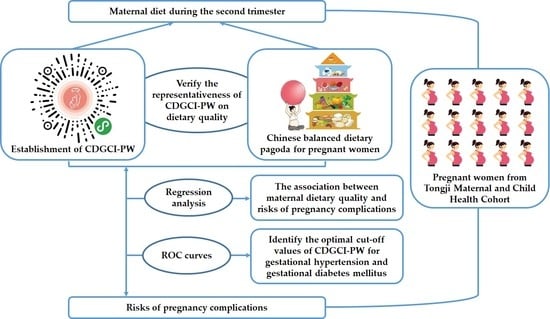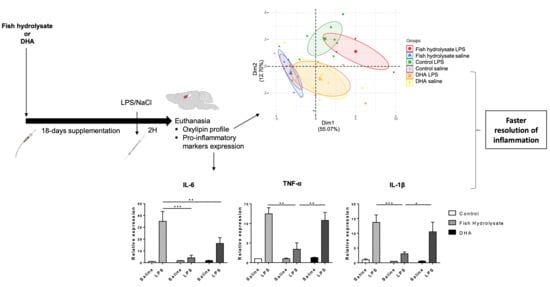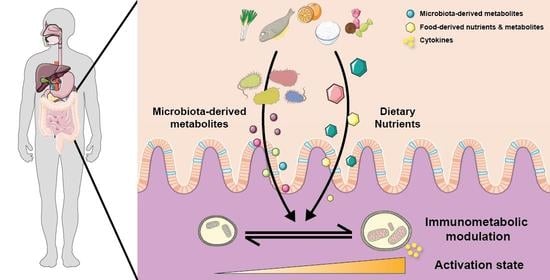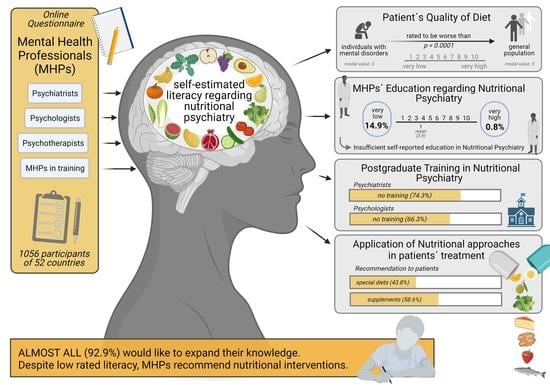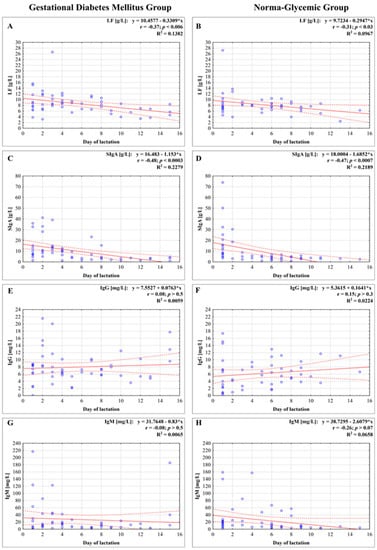Department of Gastroenterology and Hepatology, University Hospitals Leuven, 3000 Leuven, Belgium
Nutrients 2021, 13(3), 832; https://doi.org/10.3390/nu13030832 - 3 Mar 2021
Cited by 11 | Viewed by 11514
Abstract
The food we eat is thought to play a role in both the increasing incidence as well as the course of Crohn’s disease. What to eat and what to avoid is an increasingly important question for both patients and physicians. Restrictive diets are
[...] Read more.
The food we eat is thought to play a role in both the increasing incidence as well as the course of Crohn’s disease. What to eat and what to avoid is an increasingly important question for both patients and physicians. Restrictive diets are widely adopted by patients and carry the risk of inducing or worsening malnutrition, without any guarantees on anti-inflammatory potential. Nevertheless, exploration of novel therapies to improve long-term management of the disease is desperately needed and the widespread use of exclusive enteral nutrition in the induction of paediatric Crohn’s disease makes us wonder if a similar approach would be beneficial in adult patients. This narrative review discusses the current clinical evidence on whole food diets in achieving symptomatic and inflammatory control in Crohn’s disease and identifies knowledge gaps with areas for future research.
Full article
(This article belongs to the Special Issue Nutritional Management for Inflammatory Bowel Diseases)
▼
Show Figures

